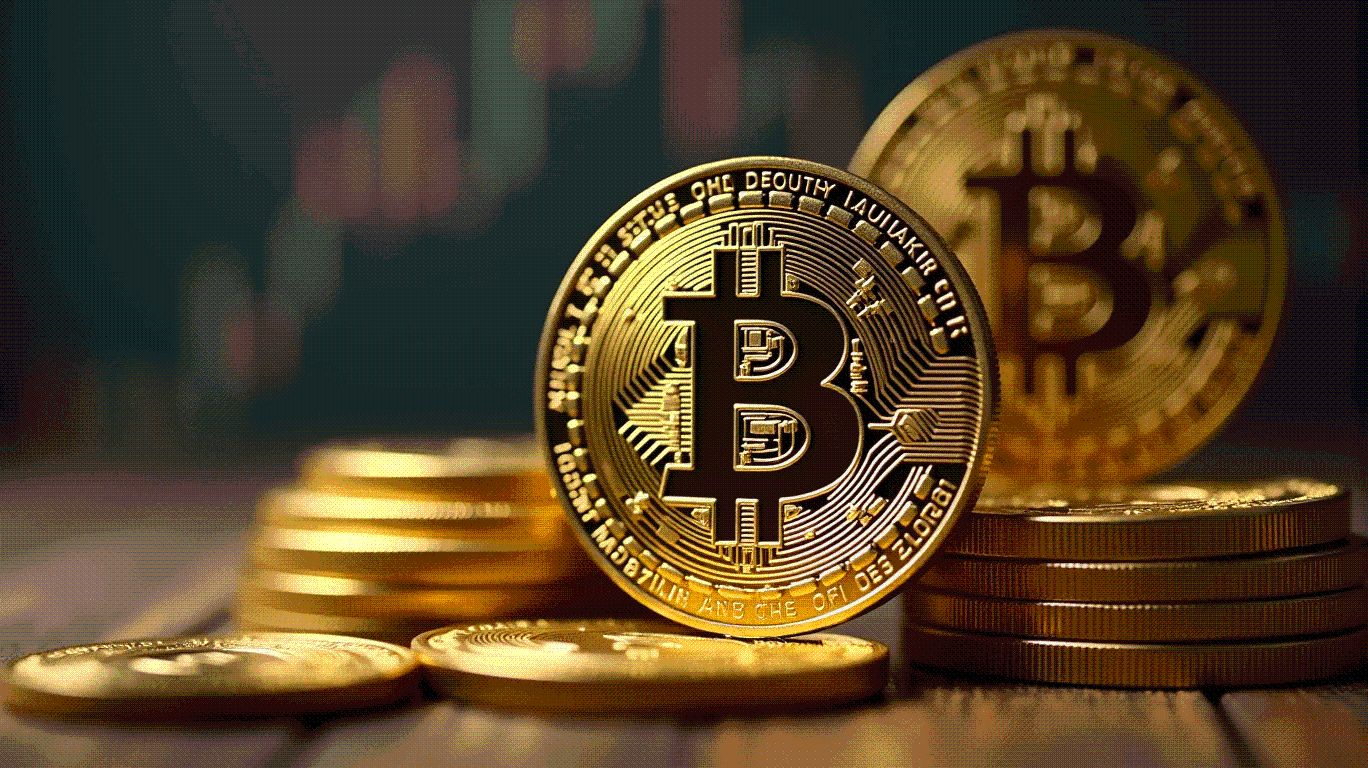Ripple's Strategic Alliances: Catalyzing XRP's Institutional Adoption and Global Utility
- Ripple's 2023-2025 partnerships transformed XRP into a regulated cross-border payment solution, reducing pre-funding costs by 70% for institutions like SBI and Tranglo. - Fintech collaborations in emerging markets (Azimo, InstaReM) cut remittance costs by 50% and settlement times from days to minutes, expanding financial inclusion. - Public sector projects like Bhutan's digital currency pilot and Palau's USD-backed stablecoin demonstrate XRP's adaptability for sovereign digital solutions. - The 2025 SEC
In the ever-evolving landscape of digital finance, Ripple's strategic partnerships from 2023 to 2025 have emerged as a linchpin for XRP's institutional-grade utility. By forging alliances across banking, fintech , and central bank ecosystems, Ripple has transformed XRP from a speculative asset into a regulated, scalable solution for cross-border payments and liquidity management. These collaborations are not merely incremental—they represent a paradigm shift in how global financial infrastructure is built, operated, and adopted.
The Power of Cross-Industry Synergy
Ripple's partnerships span three critical domains: institutional banking, emerging market fintech, and public sector innovation. Each collaboration addresses a unique pain point in the global financial system, creating a mosaic of use cases that validate XRP's value proposition.
Institutional Banking: Bridging Liquidity Gaps
SBI Holdings' expansion of RippleNet in Japan exemplifies how XRP is redefining liquidity management. By using XRP as a bridge currency, SBI's forex arm reduced pre-funding costs for cross-border transfers by up to 70%, a metric that has since been replicated by Tranglo in Southeast Asia. Tranglo's ODL volumes surged 1,729% since 2021, processing nearly $1 billion annually. This scalability is not accidental—it is a direct result of XRP's ability to settle transactions in seconds at a fraction of traditional costs.Emerging Market Fintech: Democratizing Access
In regions like Southeast Asia and Latin America, Ripple's partnerships with fintechs such as Azimo and InstaReM have unlocked remittance corridors previously constrained by legacy systems. For example, Azimo's integration of XRP reduced settlement times from days to minutes, while cutting costs by 50% on routes like India to the UK. These metrics are not just operational improvements—they signal a fundamental shift in how financial inclusion is achieved.Public Sector Innovation: CBDCs and Sovereign Digital Currencies
Ripple's work with central banks, including Bhutan's digital Ngultrum pilot and Palau's USD-backed stablecoin (PSC), underscores XRP Ledger's adaptability for sovereign use cases. These projects highlight XRP's role as a neutral, secure infrastructure for CBDCs, a sector projected to grow to $1.5 trillion by 2030.
Regulatory Clarity: The Missing Piece
The June 2025 SEC ruling—confirming XRP is not a security in open-market transactions—was a watershed moment. This clarity removed legal barriers for U.S. institutions, enabling entities like PNC Bank and Santander to explore XRP for treasury operations. The subsequent approval of Grayscale's Digital Large Cap ETF, which includes XRP, further signals institutional confidence.
The DeFi Leap: EVM Sidechain and Interoperability
Ripple's Q2 2025 launch of an Ethereum Virtual Machine (EVM) sidechain marks a strategic pivot into decentralized finance. By enabling Ethereum-compatible DeFi applications while retaining XRP's energy efficiency, Ripple has positioned itself as a hybrid blockchain platform. This innovation addresses institutional concerns around compliance and smart contract risks, opening doors for tokenized loans and automated market makers (AMMs).
Investment Implications
For investors, Ripple's ecosystem offers a compelling thesis:
- Institutional Demand: Over 70 countries now use RippleNet, with 50+ financial institutions leveraging XRP for liquidity.
- Regulatory Tailwinds: The SEC's 2025 ruling has spurred ETF interest, with analysts predicting 3–5 additional listings by year-end.
- Scalability: XRP's 1,500+ TPS and near-zero fees make it a direct competitor to SWIFT and SWIFT GPI, which charge 5–10% for similar services.
However, risks remain. While XRP's utility is growing, its adoption in DeFi is still nascent, and geopolitical shifts could impact CBDC partnerships. Investors should monitor transaction volumes on RippleNet and institutional onboarding rates as leading indicators.
Conclusion: A New Era for XRP
Ripple's strategic alliances have transformed XRP into a bridge between traditional and digital finance. By aligning with regulated institutions, fintech innovators, and central banks, Ripple has created a network effect that is hard to replicate. For investors, this represents a rare opportunity to bet on a digital asset with clear, institutional-grade use cases—and a regulatory trajectory that is finally aligning with its potential.
As the global financial system moves toward interoperability and efficiency, XRP's role as a catalyst for cross-industry collaboration is not just speculative—it is foundational. The question is no longer if XRP will succeed, but how quickly institutions will adopt it.
Disclaimer: The content of this article solely reflects the author's opinion and does not represent the platform in any capacity. This article is not intended to serve as a reference for making investment decisions.
You may also like
BOK Pauses Rates to Watch Housing and Debt Storm Clouds
- Bank of Korea (BOK) kept its 2.5% benchmark rate unchanged for the second consecutive meeting, aligning with market expectations amid housing market and household debt concerns. - BOK raised 2025 growth forecast to 0.9% from 0.8% due to supplementary budgets and improved consumer sentiment, marking its first upward revision this year. - Housing prices in Seoul rose despite tightened mortgage rules, while household debt grew at the fastest pace since 2021, prompting calls for new supply-side measures. - T

Dogecoin News Today: Bullish Patterns Signal Possible DOGE and SHIB Rally Amid Fading Bear Pressure
- Dogecoin (DOGE) and Shiba Inu (SHIB) rebounded above key support levels, showing stabilization with DOGE at $0.223 and SHIB near $0.000012. - Positive derivatives data (0.0086% DOGE, 0.0088% SHIB funding rates) and improving RSI/MACD indicators signal fading bearish pressure. - Technical patterns like rounding bottoms and cup-and-handle formations suggest potential rallies to $0.38 (DOGE) or $0.000014 (SHIB), though analysts caution reduced volume and unclear utility. - Market dynamics link DOGE/SHIB to

XRP News Today: XRP's $5 Bid Hinges on Breaking $3.10 Resistance as Blockchain Meets Big Government
- XRP forms a bullish pennant pattern, suggesting potential $5 rally after consolidation with strong volume and reduced selling pressure. - CME XRP futures open interest surged to $1B in 3 months, reflecting growing institutional adoption amid broader crypto market maturation. - SEC delays XRP ETF rulings to October but maintains approval likelihood, while U.S. government blockchain initiatives boost XRPL's institutional relevance. - Key $3.10 resistance and $2.84 support levels critical for confirming bul

Ethereum News Today: SharpLink's $1.5B Buyback Bets Big on Ethereum's Rise
- SharpLink Gaming, a major ETH holder, authorized a $1.5B stock buyback to leverage Ethereum’s 200% surge and protect shareholder value amid crypto volatility. - The company’s 300,000 ETH holdings directly impact its valuation, with analysts projecting significant gains if Ethereum reaches $6,000–$7,000. - Ethereum’s outperformance over Bitcoin and the GENIUS Act’s boost to its stablecoin ecosystem have driven multi-billion-dollar inflows into ETH-linked assets. - Bullish ETH options activity and a $5B ex
